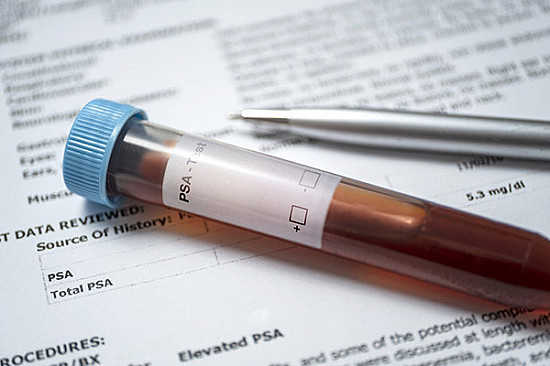
Nearly a century ago, surgeons developed what is still considered the gold-standard treatment for benign prostatic hyperplasia (BPH), an age-related affliction that occurs when an enlarged prostate obstructs the flow of urine.
Offered to men who don’t respond to BPH medication, this procedure, called a transurethral resection of the prostate, or TURP, involves trimming excess prostate tissue with an electric loop. Roughly 90% of treated men achieve long-lasting relief, but they typically also have to spend a night recovering in the hospital, and many are left unable to ejaculate.
Newer, minimally-invasive BPH procedures offer faster recovery times and fewer risks of complications. Where a TURP cuts directly into the prostate, these alternate procedures treat BPH in other ways — for instance, by using steam, microwaves, or lasers to treat the obstructing tissues.
Minimally-invasive procedures are gaining in popularity, and earlier this year another won the FDA’s approval. Called the Optilume BPH catheter system, it provided sustained relief from BPH symptoms that continued holding up after four years, according to study results presented at the 2023 Annual Meeting of the American Urological Association, in April.
The procedure and the study
During an Optilume procedure, doctors thread an inflatable catheter toward the prostate through the urethra, which is the tube that carries urine out of the bladder. The catheter splits the two halves of the prostate (which are called lobes), creating a V-shaped channel in the top of the gland that reduces pressure on the urethra, improving urinary flow rates. Importantly, the catheter is coated with a chemotherapy drug, paclitaxel, that helps to limit treatment-related inflammatory responses. After the catheter is removed, the channel in the prostate remains.
Dr. Steven Kaplan, professor of urology at the Icahn School of Medicine at Mount Sinai in New York, led the studies leading to the FDA’s approval. He says symptom improvements with the new system rival those achieved with TURP. “We’re pretty excited about it,” he says. “This is a potential game changer.”
During the research, Dr. Kaplan’s team measured changes in the International Prostate Symptom Score (IPSS), which ranges from 0 to 35 and classifies BPH as either mild, moderate, or severe. According to results from the first clinical trial, called the PINNACLE study and limited to men with prostates ranging from 20 to 80 grams in size, Optilume treatment produced immediate benefits. At one year, IPSS scores among treated men were 11.5 points lower on average than those reported at baseline.
Follow-up and commentary
Follow-up evaluations for men enrolled in the second clinical trial, called the EVEREST study, are still ongoing. But results available so far — again for prostates no larger than 80 grams — show IPSS scores dropping from 22.5 at baseline to 11.5 four years after treatment, with no significant changes in ejaculatory functioning.
“Numerous innovative treatment alternatives for BPH have emerged over the years,” says Dr. Heidi Rayala, a urologist affiliated with Beth Israel Deaconess Medical Center, an assistant professor at Harvard Medical School, and a member of the editorial board of the Harvard Medical School Annual Report on Prostate Diseases. “TURP still stands as the benchmark, given that many initially promising technologies have faltered due to loss of efficacy over time. Nonetheless, recent advancements like Optilume offer exciting prospects for enhanced durability with reduced side effects.
“It’s essential to note that Optilume’s efficacy varies based on prostate size and patient symptoms. Matching the appropriate surgical approach to the individual patient will remain crucial as patients and their urologists evaluate the optimal choice within the spectrum of minimally-invasive therapies.”
